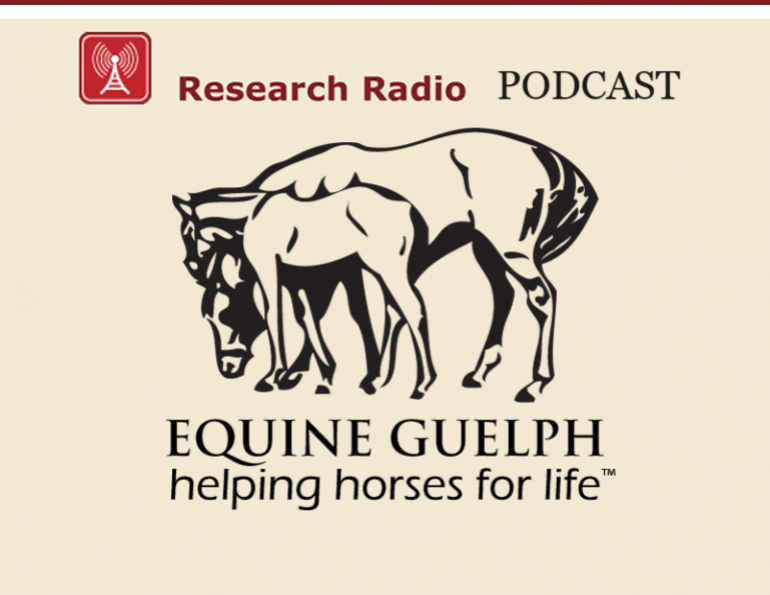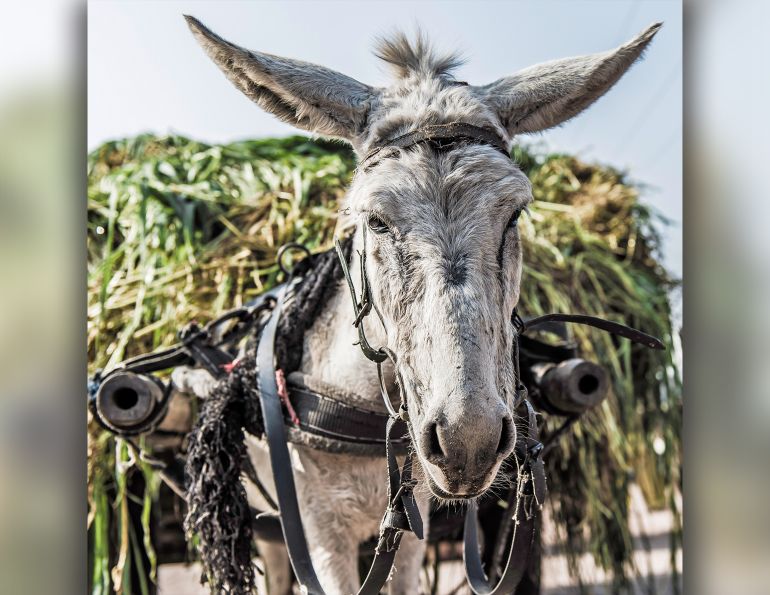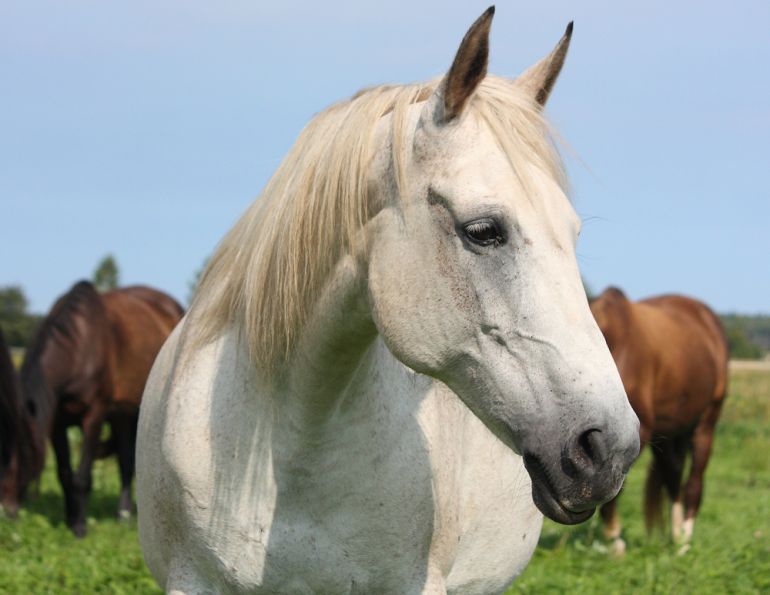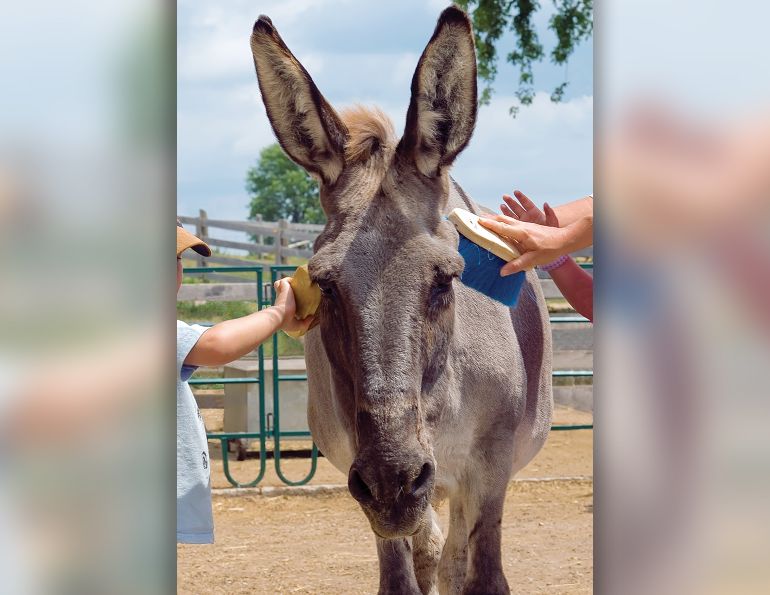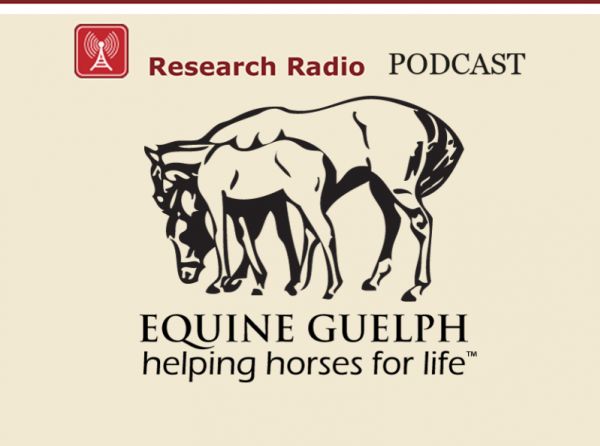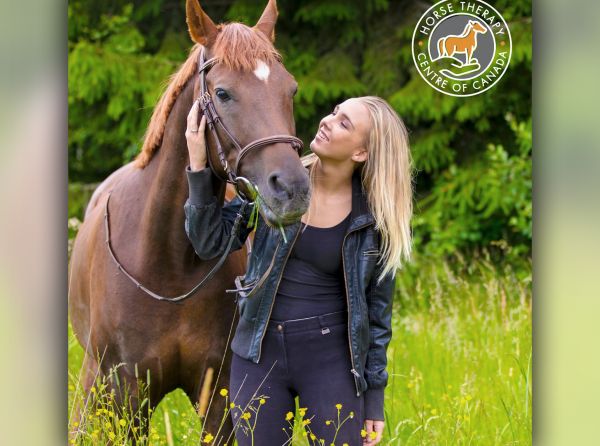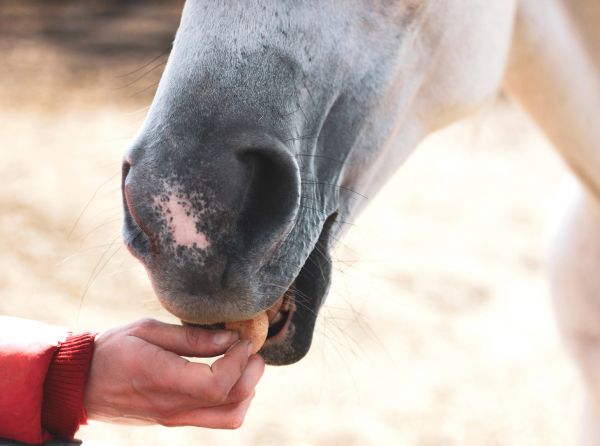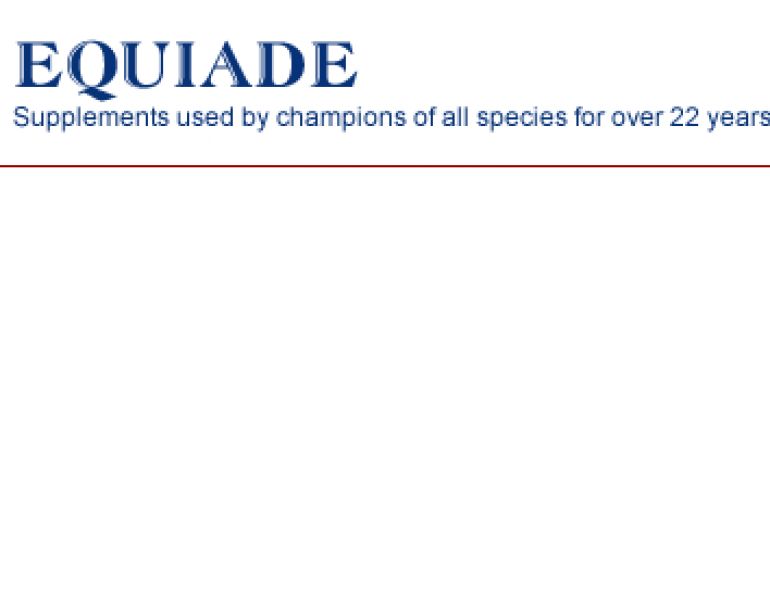By Jess Hallas-Kilcoyne
Just as human athlete doping occurs in nearly every major sport, so too can equine doping be found in just about every discipline in equestrian sport.
Horse racing has historically been the sport that has attracted the most scrutiny with regard to horse doping, but a slew of highly publicized incidents over the past decade have led to increased awareness of illegal drug use in horses in other equestrian sports. Most notorious are the positive drug tests that resulted in the re-allocation of medals at the 2004 and 2008 Olympic Games.
At the 2004 Olympics in Athens, Germany was stripped of the team gold medal in show jumping after Ludger Beerbaum’s horse, Goldfever 3, tested positive for betamethasone, a banned corticosteroid. Beerbaum denied unfair play, saying the substance was an ingredient in the cream that was being used to treat a skin irritation on the horse.
Also in Athens, Irish rider Cian O’Connor lost his individual gold medal after his mount, Waterford Crystal, tested positive for fluphenazine and zuclopenthixol – human anti-psychotic drugs not normally administered to horses. O’Connor claimed that the drugs were administered by Waterford Crystal’s veterinarian to keep the horse from hurting himself while undergoing hydrotherapy.
|
Ireland’s Cian O’Connor was stripped of his individual gold medal at the 2004 Olympic Games in Athens after his horse tested positive for banned substances, but he returned to the Olympic stage at the London 2012 Games, where he took home the individual bronze medal in show jumping. |
Four years later, at the 2008 Olympics, four horses in the show jumping competition tested positive for capsaicin, leading to the disqualification of their riders – Ireland’s Denis Lynch, Brazil’s Bernardo Alves, Germany’s Christian Ahlmann, and Norwegian rider Tony Andre Hansen, whose elimination resulted in Norway being stripped of its team bronze medal. Capsaicin, which is typically applied topically to the front of the horse’s legs, has been classified as a banned substance because of its hypersensitivity-inducing and pain-relieving properties.
At the same 2008 Games, the U.S. also lost their fourth place finish in the team dressage competition after rider Courtney King-Dye’s horse Harmony’s Mythilus tested positive for the banned substance felbinac, an anti-inflammatory medication. The FEI Tribunal, while believing that neither King-Dye nor the U.S. Dressage Team veterinarian had knowingly administered the medication to the horse, nevertheless ruled against King-Dye because she could not explain how her horse came into contact with the felbinac, and according to FEI Rules, the Athlete is ultimately the Person Responsible (PR) if their horse tests positive for a prohibited substance.
The incidents in Athens and Hong Kong attracted a flurry of media attention, arguably leading to an increased awareness of the need for a renewed commitment to drug-free competition as well as clarification of the controversial “No Drug,” zero tolerance FEI Rules which allow a rider to be penalized even if he or she is found innocent of any wrongdoing.
Implemented in 2010, the FEI Clean Sport campaign is intended as a resource for athletes, veterinarians, grooms, managers, coaches, owners, officials, and national federations, providing information about the FEI rules regarding doping and controlled medication, and about the annually reviewed list of substances that are banned or controlled at FEI events. The FEI credits their Clean Sport initiative as being responsible for the completely drug-free 2012 Olympic Games in London, during which no equestrian athlete or horse tested positive for any banned substance.
“The FEI had a really steep mountain to climb after Athens and Hong Kong, but we had a clean Youth Olympic Games, a clean FEI World Equestrian Games, and now we’ve crowned it with a clean Olympic Games in London,” said FEI President HRH Princess Haya. “We had a rigorous and comprehensive testing programme in place. These were the most tested Games ever and we also tested for more substances than ever before. The fact that all human and equine samples came back negative demonstrates the success of the FEI Clean Sport campaign, which has resulted in a major reduction in the number of positives in the Olympic disciplines over the past two and a half years.”
“The equestrian community shouldn’t be thinking of this as a triumph,” Princess Haya continued. “Having a clean sport should be our normal day to day business, but now that we’ve had three major championships that were the most heavily tested ever and they were 100 percent clean, we can hold our heads up high and say that, yes, this is a victory.”
But that is not to say that the Olympic equestrian disciplines have been completely free and clear of doping scandals in recent years.
In February 2012, show jumping riders Khaled Al Eid, a bronze medalist at the 2000 Sydney Olympic Games, and Abdullah Sharbatly, 2010 World Equestrian Games silver medalist – both from the Kingdom of Saudi Arabia – were suspended after their mounts tested positive for banned anti-inflammatory medications phenylbutazone and oxyphenbutazone. Al Eid and Sharbatly were originally issued eight-month bans, which were subsequently reduced to two months by the International Court of Arbitration for Sport (CAS) in June 2012. The CAS decision came just in time for Sharbatly to qualify for the London Games, where the Saudi Show Jumping Team took home team bronze.
Also on the podium in London was former offender Cian O’Connor as the winner of the individual bronze medal in show jumping.
|
In 2009, the ruler of Dubai and the husband of FEI President HRH Princess Haya, Sheikh Mohammed bin Rashid Al Maktoum received a six-month ban after one of his mounts tested positive for banned substances in two competitions. |
And it’s not just the Olympic disciplines that are guilty of horse doping offences; endurance has proven to be a hotspot for illegal drug use, with 41 cases of equine doping reported between 2010 and 2012. The majority of these cases involved horses from the Middle East, including one ridden by the ruler of Dubai, Sheikh Mohammed bin Rashid Al Maktoum, who, incidentally, is also the husband of FEI President HRH Princess Haya. Sheikh Mohammed was recently involved in another equine doping scandal, this one involving positive tests for 22 horses at his Godolphin horse racing operation, for which Godolphin trainer Mahmood Al Zarooni has received an eight-year ban.
The frequency and distribution of equine doping across the various disciplines of equestrian sport indicate that this is a problem without a simple solution.
In a world where technology seems to be evolving at a faster rate than our moral and ethical standards, it is only logical to assume that more and more sophisticated methods of illegal drug use will continue to emerge. Is the decrease in the number of positive tests in the Olympic disciplines over the past couple of years representative of athletes’ improved ethical standards? Or is it an indication that new horse doping practices, which are more difficult to detect, are being employed? And, if the latter is true, how might the FEI combat these new methods so as to safeguard the welfare of elite performance horses?
Another question raised by the aforementioned equine coping cases relates to fair treatment of the equestrian athletes. If, as the FEI Tribunal decided, Courtney King-Dye was innocent of administering any prohibited substance to Mythilus, then why did they not rule in her favour? Furthermore, given that “the Tribunal also considered the type of substance involved and its therapeutic applications, the fact that the same substance may not be considered as a doping substance, the specific circumstances relating to the horse’s hospitalization in Hong Kong and the possibility of contamination (Mythilus was briefly hospitalized at a clinic in Hong Kong and treated for heart fibulation, for which felbinac was not part of the treatment), the excellent stable management practiced by the U.S. team and measures placed to try and ensure that no horse with prohibited substances participates at the Olympic Games, the efforts made by [King-Dye] and the USEF to determine the source of the positive finding, the impeccable record and reputation of [King-Dye], [King-Dye’s] cooperation in the investigation, and the hardship already caused to [her] including the fact that the U.S. dressage team lost its fourth place at the Olympic Games,” why did King-Dye receive a one-month suspension?
Yes, horse welfare, which remains the principal rationale for the FEI’s zero tolerance drug policy, should always be held as the foremost priority in equestrian sport, but why impose further penalty on an innocent athlete whose management of her horse’s health has been deemed “excellent”? Is there a way in which the FEI’s Doping and Controlled Medication Rules could be modified to better accommodate the various shades of grey that will inevitably crop up in cases of positive tests without compromising on horse welfare?
There are no clear cut answers to these questions, but it is certain that the underlying issues will not be going away any time soon – a sad reality for an industry in which the majority of participants have a genuine love for the horse. There is no excuse for the abuse – whether by doping or other mistreatment – of any animal, particularly one that freely offers so much and asks for so little in return. The best service we can do them, ourselves, and the sport, is to move forward together as a global community united in our shared belief in this truth.
This article originally appeared in the June 2013 issue of Canadian Horse Journal.



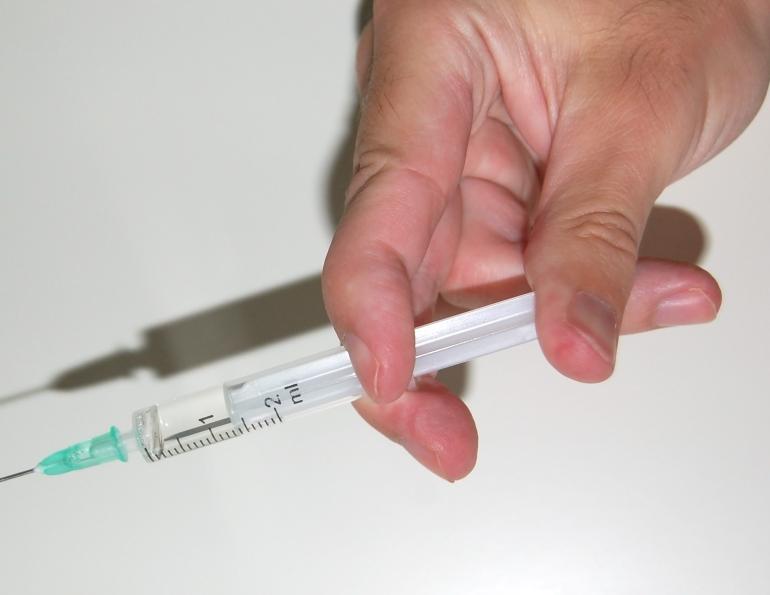
 Photo: Gilly Wheeler/FEI
Photo: Gilly Wheeler/FEI


